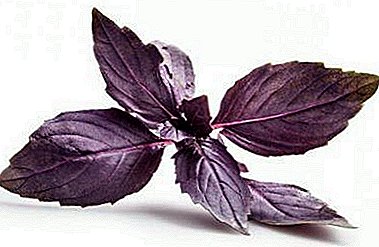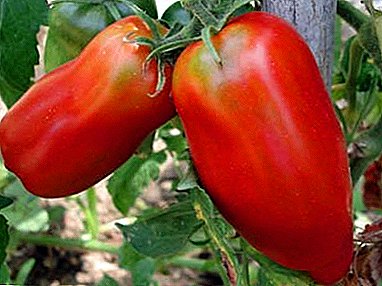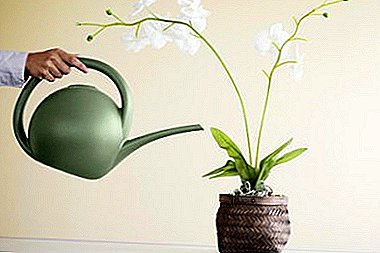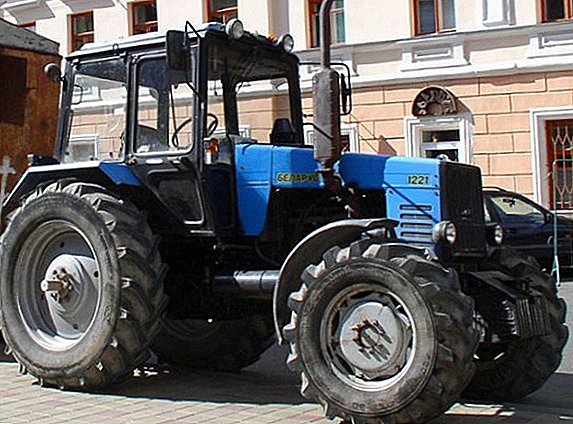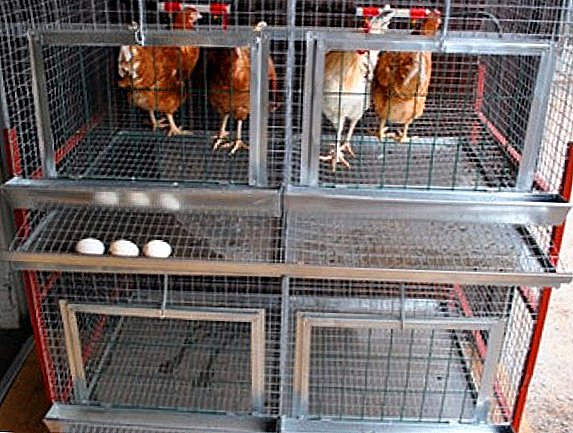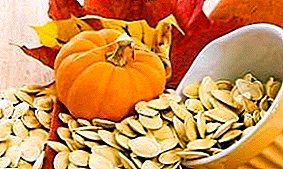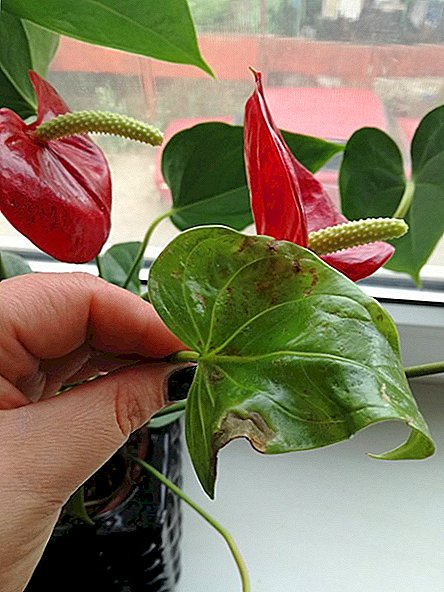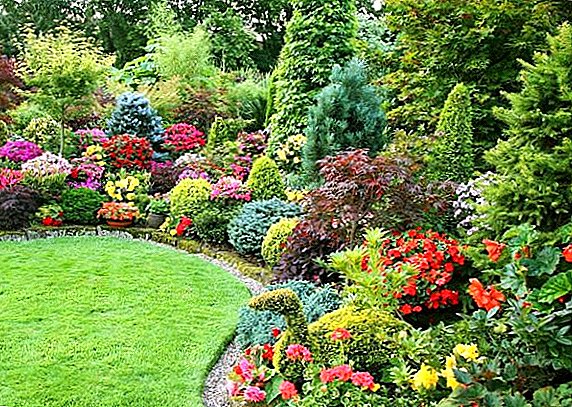 Ornamental shrubs in the country serve not only as decoration, with their planting you can solve several tasks at once: zone the space, create a hedge or a curb, hide any unsightly places. In order for the site to be beautiful all year round, plants are selected different in height, and in terms of flowering or fruiting, resistance to climatic conditions. This article will tell you about the most popular ones.
Ornamental shrubs in the country serve not only as decoration, with their planting you can solve several tasks at once: zone the space, create a hedge or a curb, hide any unsightly places. In order for the site to be beautiful all year round, plants are selected different in height, and in terms of flowering or fruiting, resistance to climatic conditions. This article will tell you about the most popular ones.
Best blooming (with photo)
Budleya - tall shrub, grows up to three meters, with a spreading crown. About one hundred varieties and forms of plants are known. The flowering time, depending on the type - from mid-summer to frost.

Paniculate inflorescences are more like clusters, reach a length of 45 cm, there are different shades: white, pink, orange, purple, lavender colors. Flowers are small with tubular petals, similar to lilac or clover, with four lobes.
When growing prefers closed from drafts, but open to the sun places to the soils unpretentious. Shrub care is watering, fertilizing, pruning.
Propagated by seeds, which are formed in the box after flowering, and cuttings: green and woody.

Rhododendrons - It is flowering shrubs, a variety of forms: from stunted to tree-like. Most Popular rhododendron garden shrubs:
- Daursky. Bush up to 4 meters tall, with pink, purple and purple buds, dense leaves of small size, flowering up to three weeks.
- Japanese. The height of the bush - 2 meters, inflorescences - bells of red and orange flowers.
- Alfred - a hybrid form, grows up to one and a half meters, blooms with dark red buds.
Important! All species have one common feature - their root system is superficial, so they need frequent watering during the dry season.
Weigela - This is a perennial deciduous ornamental shrub, growing from one and a half to three meters in height. The bush blooms in May, it has interesting inflorescences in the form of tubes and bells. Flowers are mostly pink-red shades, rarely white.


All species prefer subacid soils and moderate watering, do not like stagnant moisture. Most interesting varieties:
- variegated weigela - pale pink tubular flowers, foliage with lace border around the edge;
- variety "Tango" - maroon flowers and red stems;
- “Minor Black” - purple inflorescences, leaves with red splashes on a dark green background.
Weigela can also be grown indoors.
Crown - lush shrub growing to three meters. The young plant has pubescent branches, foliage of three parts, oblong shape. In May, the bush blooms with yellow flowers of flat shape, arranged singly or in pairs on a pedicel.

The view is adapted to urban pollution, tolerates winter. The best soil for the broom will be light, loose soil with a slightly acid reaction.

Important! Broom badly transplant, the procedure is best carried out in a warm spring, so the plant is more likely to root.
Forsythia - early flowering shrub, therefore, more adapted for warm climates, but there are some species that are resistant to low temperatures (forsythia ovoid).

The bush blooms in early March, the inflorescences are bells of yellow shades. It is noteworthy that the plant first blooms and then foliage blooms. Forsythia loves lighted areas, with a loose nutrient soil with a neutral reaction.
If you decide to plant forsythia on your plot, you will be interested to read about the varieties and the cultivation of this plant.

When planting, it should be noted that the crown grows quickly, culture needs a spacious place. Sorta climate-friendly mid-lane:
- "Melissa",
- "Weekend",
- Goldzauber.
List of undersized shrubs to give a description and photo
Bloodroot - the most unpretentious low-growing shrub for the garden, the plant blooms for a long time, is not afraid of cold weather and practically does not need to be cared for.

The plant is herbaceous with straight, sometimes creeping shoots, leaf plates are often separated, growing, the bush takes up a lot of space, this should be taken into account when planting.

Blooms inflorescences thyroid, umbrella and paniculate or single flowers of yellow, pink and cream tones. Silverweed is an ideal material for the formation of borders, it is well adjacent to other plants. It tolerates and often needs pruning.
Cariopteris - a compact plant growing in the shape of a hemisphere, the height of many species about a meter. The bush has straight, even shoots, with lanceolate, serrated leaves along the edge.

Blooms closer to autumn, inflorescences of blue tones. Not capricious in the choice of soil, tolerates temperature changes and drought.

In the spring the shrub requires sanitary pruning, it is advisable to cover the tree trunk with mulch for the winter. In landscaping it is used as a border.
Ladannik. Round shape compact bush blooming all summer. Each flower lives one day, but since new buds are blooming every day, the bush remains bright all the time.

The inflorescences of the amber can be white, pink, bright orange. The foliage of the bush is glossy, narrow, bright green. For landing, it is advisable to pick up a place that is lit from the wind.

The coarse soils are not suitable for coarse grains. Spring pruning and sanitary, and formative.
One of the ornamental shrubs, not only in bloom, but also due to the bright color of autumn foliage is Kletra olkolistnaya. Culture loves moisture, the ideal option for its landing will be the shore of the reservoir.

The bush grows quickly, occupying large areas, does not require special care. Flowering time - July and August.
It is noteworthy that the inflorescences appear only on young shoots, so the plant is pruned every year. The inflorescence in the form of an ear is covered with small fragrant flowers of white or pink tones.
Cassiopeia. Under the mythical name hiding undersized shrub with creeping shoots, which belongs to the family Vereskovyh.

Thin stems are covered with dense leaves of marsh-green color. In July, the stalks are decorated with single bells of white color. Culture prefers loose, acidic, drained soil.
Care is regular watering, weeding and dressing. Neither winter, if there is no snow, the culture is better to cover. Reproduces Cassiopea cuttings.
Frost-resistant species
Canadian roses - The product of the selection of Canadian scientists, grown for northern latitudes. These flowers withstand 45 degrees of frost.

If their foliage freezes due to sudden changes in temperature, it is quickly restored without damage to the plant. Roses bloom profusely with bright colors of various shades, they are not afraid of shadow, diseases.
A few tips on planting and caring for lilacs.
The shrub curly juicy green foliage, strong thin shoots. Roses are easy to care for.
Common lilac - A frequent guest in gardens and parks. Branched, lush shrub quickly grows, perfectly amenable to cutting. 
Thanks to a dense, oval foliage from a bush almost continuous live hedge turns out. Common lilac tolerates shade well, in its too bright sun its tender inflorescences can get burned and brown.
It blooms early in April - May with beautiful bright clusters of white, cream, pink-lilac inflorescences. Lilac feels great on any type of soil, but prefers loose soils.
Spirea can be as dwarf, and high up to three meters tall shrubs. All species share a common trait: fibrous roots located shallowly, so watering is necessary as the top layer of soil dries out regularly.

Inflorescences can be thyroid, paniculate and in the form of an ear, color - from white to bright crimson. Shoots are straight or creeping, growing, spreading widely. Spiraea is propagated by seeds, layering, dividing and grafting.
Hydrangea macrophylla and paniculata - types of frost-resistant shrubs of culture. Deciduous species of bush covered with thick bright green foliage, with large and serrated on the edge of the leaf plates.

The flowering period lasts from the beginning of spring to the first frost. Large spherical inflorescences delight shades of white, pink, blue, red flowers.
Did you know? The color of the hydrangea petals can be adjusted: if the soil is acidified with preparations containing aluminum, they will acquire a blue tone, dolomite flour will help deoxidize the soil for growing pink hydrangeas.
Decorative fruit shrubs for summer cottage
Japanese quince - bush about a meter high, with thin shoots, curved arc. Foliage is green, glossy, some species have thorns.

Lush flowering begins in May, the flowers are simple and terry. The most common varieties with orange buds, but there are both pink and white.
The plant bears fruits of yellowish color, similar to quince. Quince is resistant to drought, grows on almost any soil.
Important! Transplantation is carried out extremely carefully because of the rod long root, which is easy to damage.Hawthorn - not only decorative, but also a medicinal plant. It grows up to five meters high, has thorns on red-brown glossy stems.

The foliage is up to 6 cm long, oval-shaped with a nap on both sides of the sheet. Small thyroid inflorescences bloom in May, at the end of summer fruits of red color appear.
Hawthorn grows equally well in both dry and wetlands, in shade and in the sun, and it easily adapts to weather conditions.
Another medicinal and, of course, a beautiful plant - viburnum. Kalina ordinary - high lush bush, with brown bark, thick green foliage, which in the autumn becomes red.

In May, it blooms with white spherical inflorescences, begins to bear fruit in the third year of life, the fruits are bright red berries. Does not require special care, tolerates shade, cold-resistant and moisture-loving. Loves well drained soil.
Learn more about the characteristics of growing wild rose.
Rosehip popularly called the feral rose, the structure of the skeleton of a bush and the shape of the foliage really have similarities. The plant is smooth, thin stems, densely covered with small thorns.

The leaves are arranged in pairs, oval-shaped with pronounced veins. In May, large single flowers of pink tint bloom, and in August, fleshy red fruits appear.
Rosehip has a well-developed and deep root system, when choosing a site for planting should take into account the location of groundwater.
Garden Evergreens
Yew - evergreen coniferous plant, depending on the species may be a tree or shrub. The most common in landscape design is a type of yew berry. 
The culture is slowly growing - in 10 years it is only a meter, it has a wide, one and a half meter crown, with densely covered shoots of needles, often a green shade. The bark of the yew is reddish.
In the spring the bush blossoms, then becomes covered with red fruits. Culture adapts well to changing weather conditions, but does not tolerate stagnant moisture.
Boxwood - evergreen shrub with small dark green, dense, glossy foliage. The leaves are small, oval-shaped, leathery.
The box possesses not only decorative, but also useful properties.

The bush is ideal for cutting, decorating flower beds and alleys, garden paths. The plant requires almost no care, is not afraid of shade, drought and cold.
Did you know? In the XYII-XYIII centuries boxwood was a valuable commodity, it has a beautiful color - ivory, durable and easy to process. The inhabitants of the foot of the Himalayas still make from it household items and souvenirs: combs, animal figurines, candlesticks, and more.Calmia - It is a flowering evergreen shrub up to one and a half meters tall. It has oblong leaves of green, bluish on the underside of the leaf.

The bush blooms from May to June, the flowers are shaped like Chinese lanterns, the petals on the tip are crimped, the color of the petals is white, pink and red. Kalmy prefers to grow in the shade and on acidic soils, in the care is not capricious.
Bush juniper grows up to three meters, maybe a tree shape. It has straight, branched shoots, with acicular foliage.

Young specimens have a bark of a reddish tone, and old ones have a brown hue. At the beginning of summer, cones appear, which can be masculine and feminine, mature cones resemble ink berries.
Juniper loves good lighting, best developed on sandstones, wet and loose.
Even in a small free space, you can create a cozy corner filled with greenery and bright colors, rustling leaves and delicate scent of flowers.


